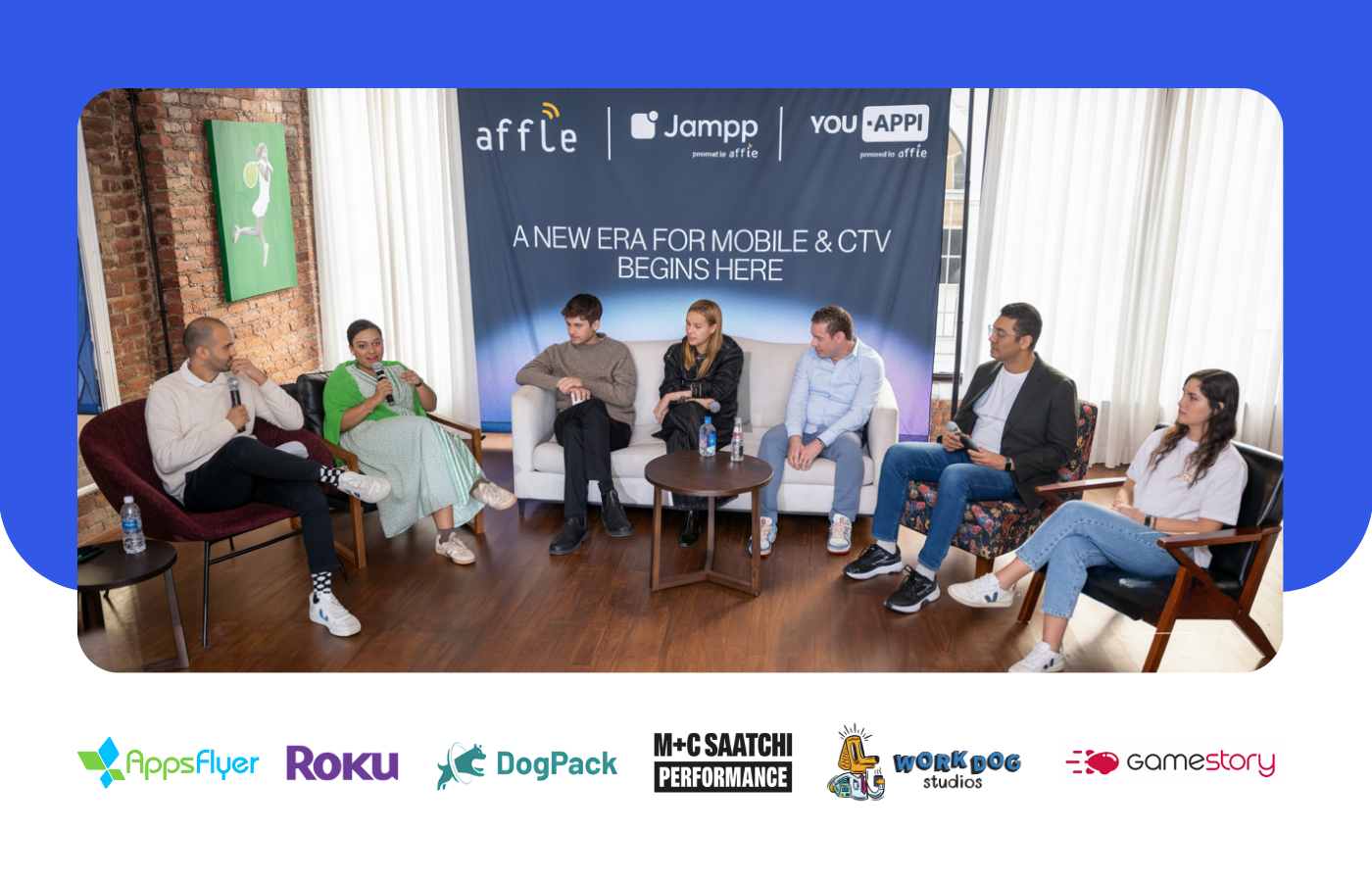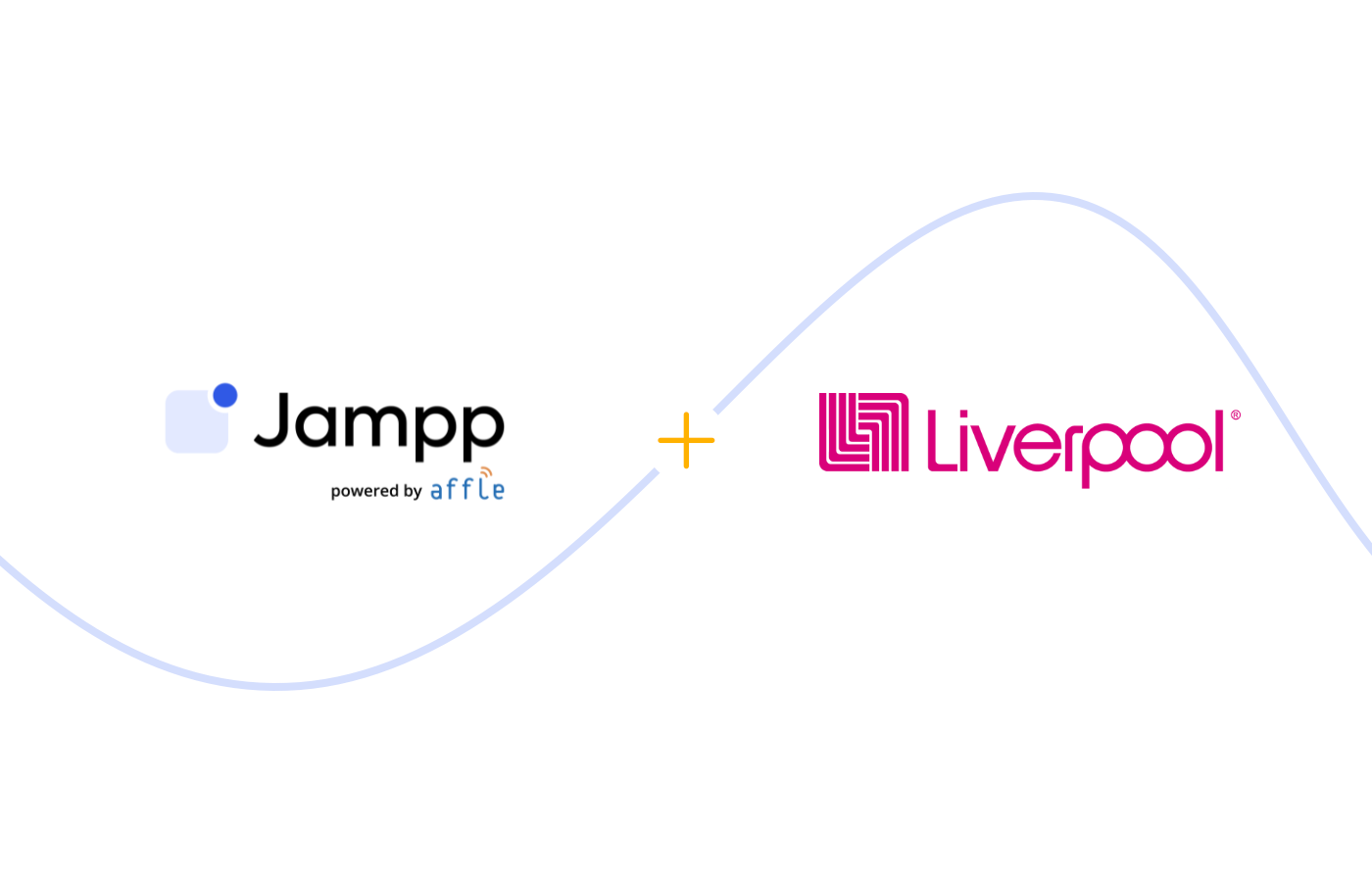Tracking the app trackers
An overview of our clients’ preferred tracking partners, our guide for app marketers looking to find the best fit for their company.
August 4, 2016

A review of today’s top app tracking platforms
To understand how your traffic sources are performing and what your users are experiencing, it’s important to have a reliable tracking and attribution partner. This is why we’ve created an overview of our clients’ preferred tracking partners, so you can find the best fit for your company.
Features to consider
Attribution methods
Mobile App Tracking Platforms track campaign performance across ad networks, providing a holistic view of marketing campaigns. There are two main types of attribution methods: Device ID matching and Fingerprinting.
- Device ID matching attributes installs and in-app events to an acquisition or re-engagement partner by matching the device ID in the click url with the device ID in the postback. If the tracking platform finds a match, the install/event is attributed to the corresponding partner. If it doesn’t, it tries fingerprinting.
- Fingerprinting is a type of probabilistic attribution in which the tracking platform uses non-device ID data available such as IP address, device model, device OS, among others, to attribute an in-app event to the corresponding partner.
If neither method finds a match, the event is considered to be organic.
Since device ID matching is more accurate than fingerprinting, its window of attribution is usually longer than that of fingerprinting. However, device IDs are not always available which is why many companies also use Fingerprinting.
Attribution windows
Attribution windows or lookback windows are the pre-determined timeframes used to credit installs to the different networks/publishers. A 7-day attribution window means that if a user clicks on an ad served by DSP X, and installs the app within 7 days of that click, that install is attributed to DSP X.
Reporting
Reliable traffic reports are important, but an increasingly important part of mobile marketing is understanding in-app user behaviour and how your user base converts across your app event funnel.
- Cohort reports are one of the most relevant tools to analyse the retention of recently acquired users as well as the behavior of a specific user groups within the app. Cohorts provides insight on your user LTV and help detect the best performing activity in your mobile marketing campaigns. It’s no longer a nice feature, it’s a necessary one. In order to focus on re-engagement,traffic reports are not enough.
- Scheduled reports are useful for new insights in your inbox on a regular cadence.
- Log reporting is important for quick troubleshooting.
Reattribution criteria
As re-engagement is becoming the focus of mobile marketing campaigns, a central point to consider is a tracking platform’s re-engagement attribution capabilities and its reattribution criteria. App retargeting or re-engagement attribution credits app opens to the existing app users who opened the app after engaging with a retargeting ad. A tracking platform with re-engagement attribution will be able to discern whether an in-app event should be attributed to an acquisition or re-engagement campaign. However, there is not a standardized reattribution criteria among tracking platforms and it’s important to keep this in mind.
Some platforms define their reattribution window as the time frame after a user clicks on a retargeting ad in which all in-app events by the user will be attributed to the re-engagement campaign. Others determine their window as the number of days that the user has to be inactive before he or she can be reattributed to the re-engagement campaign.
The Trackers

Adjust

adjust supports both last click and impression attribution methods. They use either the IDFA, Google Advertiser ID, or Google referrer by default and also use fingerprinting. By default, click based attribution using device ID and Google Playstore referrer matching uses a 7 day window, but clients can choose a window between 0–30 days. For click based attribution using fingerprinting the default window is 6 hours (customizable between 0–24 hours). For impression based attribution, the default time frame is 24 hours, and clients can choose a window between 0–24 hours.
They recently launched a suite of products aimed at preventing the most common forms of performance ad fraud, with two major pillars: IP Filtering prevents geo spoofing, along with simulated devices/bot installs, and Distribution Modeling prevents click spamming and preloading and the poaching of organic traffic.
Additionally, they provide App Store stats with AppTrace. This product allows marketers to see daily global ranks, analyze competitors’ performance, review keywords, and perform sentiment analysis. Clients can also see every single user review, allowing them to track the general performance.
adjust is a mobile measurement partner for both Facebook and Twitter, as well.
“We can see the engagement and conversion rate per channel and can make informed decisions on where to spend and where not to. It is important for us to have a reliable and responsive partner that is at the forefront of what is possible. A very flexible tracker generation with deep-linking and more was a key criteria for us and so we decided to go with adjust.” — Martin Sieber, Co-Founder & VP of Product at GetYourGuide
Appsflyer

Appsflyer supports both last click and impression attribution methods. Both of these attribution models can be customized per media source by the advertiser. They use either the IDFA, Google Advertiser ID, or Google referrer by default and also use fingerprinting.
They are official mobile measurement partners with both Facebook and Twitter, and currently the only attribution provider to report cost and ROI data for Facebook campaigns. While ASO is not their focus, their Push API does include organic keywords for the Google Play Store. They offer 3 months of free tracking for partner traffic.
Additionally, they offer global TV ads attribution, based on probabilistic attribution. They’ve recently started running retargeting campaigns. They use a standard 7-day lookback window for installs with click-based attribution and a shorter lookback window for view-through attribution.
“AppsFlyer allows us to learn really quickly and optimize to what’s working best.” — Lauren Picasso, Associate Marketing Director Jet.com
Apsalar

Apsalar works with click-based attribution. They work with both deterministic (IDFA, Google Advertiser ID) and probabilistic (fingerprinting) methods, using a 28-day look-back when the deterministic methods and a 24-hour look-back window with fingerprinting.
They are integrated with Facebook and Twitter, and have server-to-server integration with Google. Additionally, Apsalar’s Uninstall Attribution allows mobile marketers to compare uninstall rates across vendors, campaigns, creatives, regions, cohorts, buying models and more. They also offer audience solutions to support re-marketing campaigns along, and prospecting efforts.
“Apsalar’s willingness to listen and support our needs coupled with a quality product make them a great partner for 1–800 Flowers.” — Amit Shah, VP Online, Mobile and Social at 1800 Flowers.
Kochava

Kochava supports both last click and view-through attribution methods. They apply device-based matching, including progressive reconciliation to match unexpectedly-hashed and otherwise mangled device identifiers, with a 30 day attribution window. This is configurable by the advertiser. They also do fingerprint matching with a configurable 7 day attribution window.
Kochava is integrated with both Facebook, Twitter, Google, Snapchat, Instagram and Amazon among others. Additionally, Kochava offers a Fraud detection services including post-campaign analysis to identify unusual patterns, and real-time fraud abatement with Traffic Verifier. By combining statistical methodologies and pattern-identification algorithms, they can isolate indicators of potential fraud such as: Mean-time-to-install (MTTI) Outliers, Geographic Delta Between Click & Install, Large Click Volumes From the Same IP Address and Ad Stacking.
“At the end of the day, this is your job on the line,” King said of his choice of mobile attribution platforms. “This is what will determine the success of your product. If you don’t have a good attribution solution, you’re going to be quite limited in the amount of advertisement options and acquisition strategies you can implement. You want to have the full toolbox available. And that’s what Kochava provides.” — Kevin King, Backflip Studios, Marketing Manager.
Localytics

Localytics works with click-based attribution, applying device ID matching (iOS and Android advertising IDs, and Google Play referrer)as well as fingerprinting.
Localytics is a mobile measurement partner for both Twitter and Facebook. Additionally, Localytics provides ongoing marketing automation to engage users via push, in-app and email messaging.
“Localytics has been able to scale without sampling our data or sacrificing granularity. The ability to filter event reports by any attribute enables us to get at insights that help us fine tune the user experience with each app release.” — Bryan Levine, Product Manager at MyFitnessPal
Tune

Tune supports both last click and view-through attribution methods and uses both Device ID Matching (Google Install Referrer, Identifier Matching, Open URL with Click ID) and Fingerprint Matching. The click attribution standard is 7 days, view-through attribution standard is 24 hours.
Tune is a mobile measurement partner for Twitter. The Tune Marketing Console (TMC) has extensive reporting capabilities, including insights into the organic ways users discover apps. Additionally, Tune’s App Store Analytics One Sheet enables users to track ratings, reviews, and competitor downloads. Earlier this year, they rolled out a mobile app so you can access their dashboard on your phone.
“As a data-minded marketer, accurate attribution is key to helping me understand the true value of a marketing channel. Being a part of the beta program with TUNE and Twitter has allowed me to test and measure Twitter as a user acquisition channel for TwoDots by seeing multi-touch analytics in TUNE.” — Christian Calderon, Head of User Acquisition at PlayDots.
Subscribe to our email newsletter









